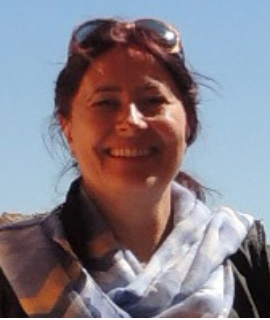Title : Effect of light deficit on plant-aphid interactions
Abstract:
The intensity of light is one of the crucial environmental factors that determine the life of autotrophic plants, including basic life processes such as the level of photosynthesis and photoperiodic reactions. Light also plays signaling and regulatory roles in developmental processes and defence responses of plants. The indirect effects of inadequate irradiation on plant secondary metabolism appear important in the ecological context, especially when considering plant relationships with other organisms. The level of carbohydrates as the end product of photosynthesis is extremely important in the mobilization of defense mechanisms of plants against biotic stressors. The pea aphid Acyrthosiphon pisum Harris (Hemiptera: Aphididae) is a worldwide oligophagous species that infests leguminous plants and transmits over 30 virus diseases. The present study reports on aphid performance, settling preferences, probing behaviour and feeding activity as well as plant responses to aphid feeding in complete darkness (NL), with light at minimum level required for photoperiodic reaction (LL), and under full light (FL) conditions. We provide information on how the extended periods of low irradiation or light deprivation affect plant suitability to aphids and how the pea aphid infestation affects the plant defense system, especially the accumulation of phenolic compounds, under the low light stress. The lack of or insufficiency in light supply and aphid infestation had a profound effect on plant metabolic status. However, the potency of metabolic responses to these factors depended on the variation in light intensity level-aphid infestation combination, with light intensity level having a priority in this interaction. The intrinsic rate of increase and net reproduction of aphids were more than four and 16 times lower, respectively, on LL and NL than on FL plants. In contrast to aphids on FL plants, the majority of A. pisum rejected LL and NL plants during settling and failed to locate phloem on these plants. In contrast to aphids on FL plants, the majority of A. pisum rejected LL and NL plants during settling. Aphid probing activities were not impeded on LL and NL plants but the probes were significantly shorter than on FL plants and consisted mainly of non-phloem activities. The contents of chlorophyll a, chlorophyll b, carotenoids, saccharides, and phenolics and the activity of β-D-glucosidase were notably lower in LL and NL plants than in FL plants. In aphid-infested plants under FL conditions, a significant decrease in cholorphyll a, chlorophyll b, carotenoids, and phenolics content and β-glucosidase activity occurred. The increase in light intensity from complete darkness to the minimum level required for photoperiodic reaction did not stimulate evident changes in the measured plant biochemical parameters.The low β-D-glucosidase activity and low content of phenolics in the light-deprived plants that have reduced ability to photosynthesize shows that under the biotic stress of aphid infestation plants invest in supporting basic metabolism rather than in defense against herbivores.



